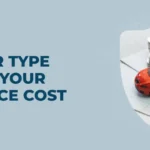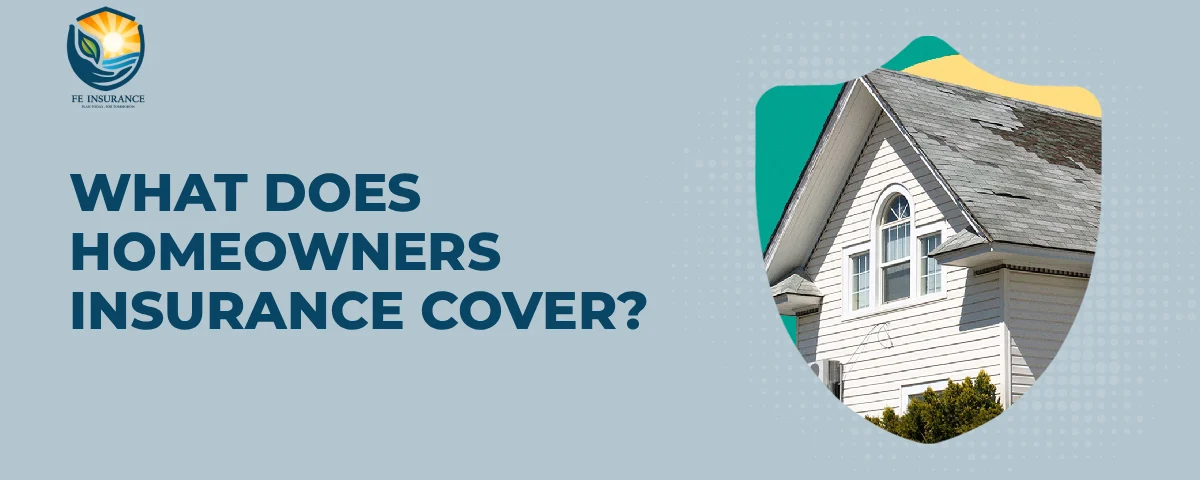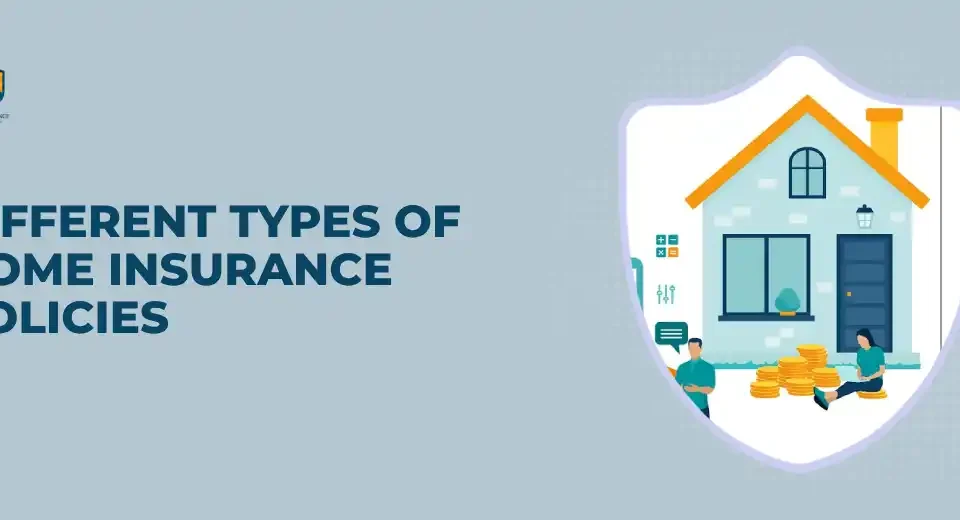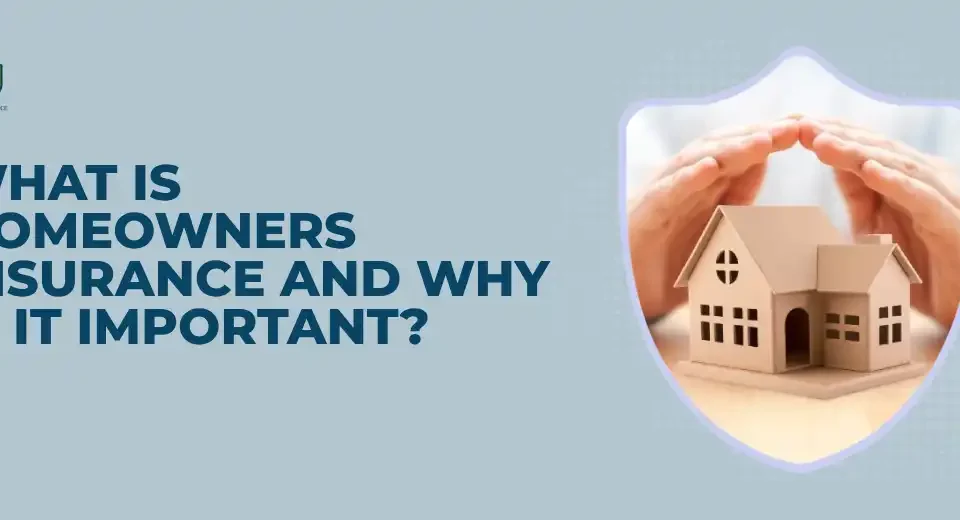What Does Homeowners Insurance Cover?

How Car Type Affects Your Insurance Cost: A Quick Guide
July 24, 2025
Why Is My Car Insurance So Expensive in California?
September 5, 2025Owning a home is one of life’s biggest milestones, but it also comes with risks. Imagine spending years building your dream home only for it to be damaged by fire, theft, or a severe storm.
Without the right homeowners’ insurance coverage, you could face massive financial losses and stress. Many homeowners ask the same question: What does homeowners’ insurance cover, and how much protection does a standard homeowners insurance policy really provide?
This is where your home insurance coverage becomes a true safeguard. It protects your dwelling, belongings, and finances from unexpected situations. By understanding what is covered under homeowners insurance and what’s excluded, you’ll gain peace of mind knowing your family and investment are secure. Let’s dive in and break it all down in simple terms.
The Core of Homeowners Insurance Coverage
At its heart, a standard homeowners insurance policy protects your home’s structure, attached features, and even detached areas like a garage or shed. When disasters like fire, smoke, or vandalism strike, this dwelling coverage in homeowners’ insurance helps you repair or rebuild without emptying your savings.
Beyond the building itself, this homeowner’s insurance policy extends to your belongings, furniture, clothing, electronics, and more. Whether it’s damage from a covered peril or theft, the insurer steps in to provide relief. Knowing these inclusions and exclusions is key to avoiding surprises.
Protection Against Common Perils
Typical home insurance coverage includes fire, theft, smoke, and certain types of water damage. These are the most common risks homeowners face.
Detached Structures and Add-Ons
Your policy often covers fences, garages, or storage sheds. This is an important part of homeowners’ insurance inclusions and exclusions.
Limits and Exclusions
While coverage is broad, policies set caps. Expensive jewelry, artwork, or collectibles may require extra riders for full protection.
Personal Property Coverage Explained
One of the biggest benefits of homeowners’ insurance coverage is protecting your personal belongings. From your living room sofa to your laptop, items damaged or stolen may qualify for reimbursement even if they weren’t inside your house at the time.
This personal property coverage ensures that you’re not left stranded when the unexpected happens. But keep in mind, some categories like antiques or musical instruments often have low coverage limits without add-ons.
Replacement Cost vs. Actual Cash Value
- Replacement cost pays for a brand-new item at today’s price.
- Actual cash value deducts depreciation, giving you less.
This choice can greatly affect payouts.
Off-Premises Coverage
Even if your bike is stolen outside your home, many policies still apply. That’s a hidden gem of homeowners’ insurance coverage most people overlook.
High-Value Items
To fully protect valuables, you may need special endorsements. This ensures your homeowners’ insurance policy covers them without gaps.
Liability Protection for Homeowners
Perhaps the most underrated benefit is liability protection in homeowners’ insurance. This safeguards you financially if someone sues for injuries on your property or if you cause damage to others’ property.
For example, if a guest slips on your icy driveway and needs surgery, your policy can cover medical costs and legal fees. Without it, lawsuits could wipe out your savings.
Bodily Injury Coverage
Medical bills and court expenses can skyrocket. Liability coverage helps prevent financial ruin when accidents happen at home.
Property Damage Liability
If your child breaks a neighbor’s window or damages their fence, your homeowners’ insurance policy can step in.
Extra Protection with Umbrella Insurance
When standard limits aren’t enough, umbrella insurance adds another layer of homeowners’ insurance coverage for large claims.
Additional Living Expenses (ALE)
What if your home becomes unlivable after a fire or storm? That’s when additional living expenses insurance comes into play. It covers hotel stays, rental housing, and meals until you can return home.
Without ALE, the cost of temporary housing could be overwhelming. With it, your family stays safe and financially supported during stressful times.
Housing Costs Covered
Your ALE helps with hotels, rent, and even utilities while repairs are made.
Food and Transportation
Displacement often means eating out or commuting farther. These costs can also be classified as ALE.
Duration and Limits
ALE benefits usually have time and money caps. Always check your homeowners’ insurance policy for details.
What’s Typically Not Covered
Even the best standard homeowners’ insurance has exclusions. Knowing them ensures you don’t face costly surprises.
Floods, earthquakes, and maintenance-related issues like mold or roof leaks from neglect are generally not covered. For these risks, you’ll need separate policies or add-on riders.
Natural Disasters Not Included
Floods and earthquakes require dedicated policies. Standard policies won’t cover them.
Maintenance-Related Issues
Wear and tear, pest infestations, or poor upkeep are the homeowner’s responsibility—not the insurer’s.
Policy Riders for Extra Coverage
You can add riders for items such as sewer backup, expensive jewelry, or flood insurance. This ensures your homeowners’ insurance inclusions and exclusions are fully addressed.
FAQs
What is covered under homeowners’ insurance?
Homeowners insurance usually covers your home’s structure, personal belongings, liability for accidents, and additional living expenses if your house becomes unlivable.
Does standard homeowners’ insurance cover natural disasters?
A standard policy covers perils like fire, theft, and vandalism, but floods and earthquakes are excluded. Separate policies are needed for those risks.
What is dwelling coverage in homeowners’ insurance?
Dwelling coverage protects the physical structure of your home, walls, roof, foundation, and attached fixtures against covered perils like fire or storm damage.
What is personal property coverage in a homeowners’ insurance policy?
Personal property coverage insures your belongings, such as furniture, electronics, and clothing, against theft or damage. High-value items may need extra riders.
What are additional living expenses in homeowners’ insurance?
If your home becomes uninhabitable after a covered loss, additional living expenses insurance pays for temporary housing, meals, and related costs.
Conclusion
So, what does homeowners’ insurance cover? In short, it protects your dwelling, personal belongings, liability risks, and even your extra living costs when life throws surprises. But understanding homeowners’ insurance inclusions and exclusions is equally important to avoid gaps.




